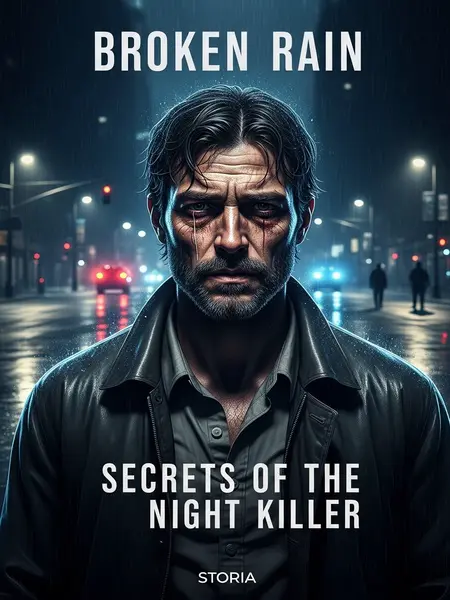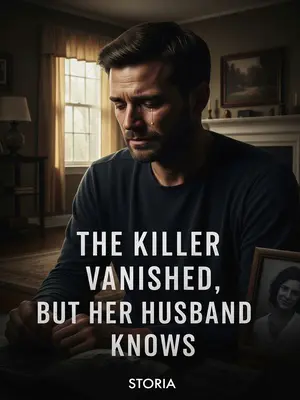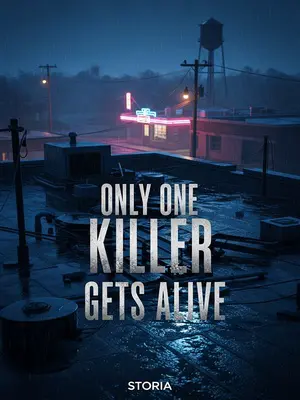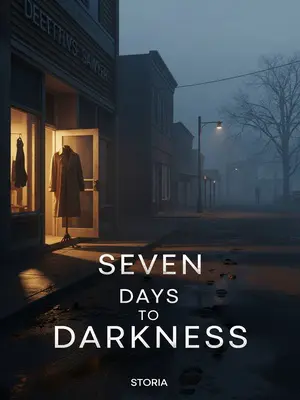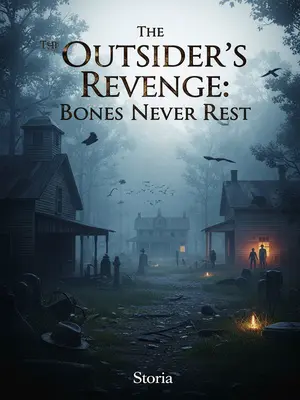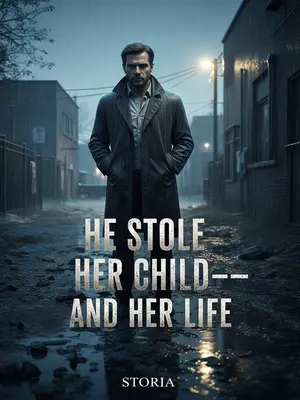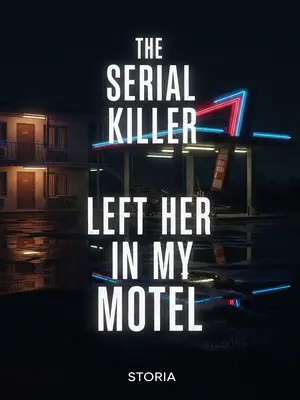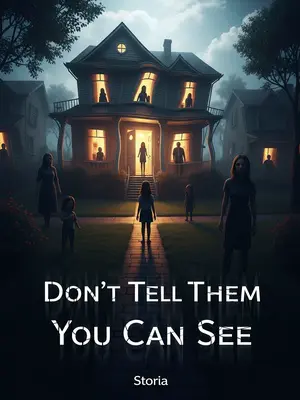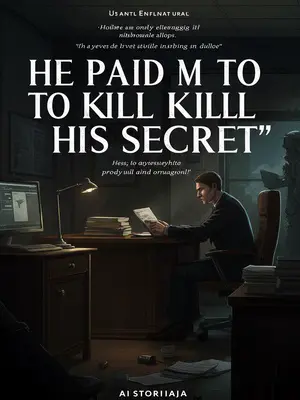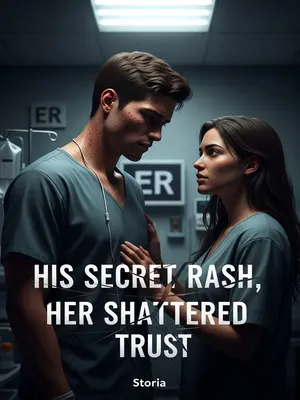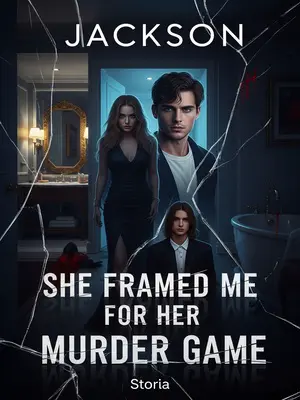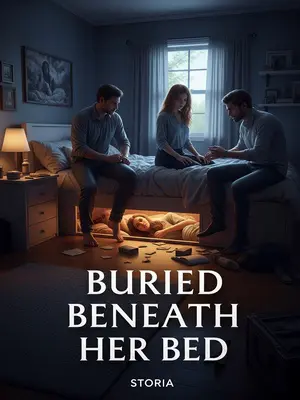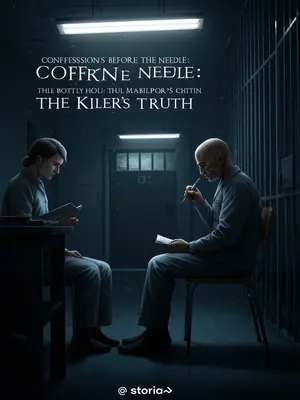Chapter 2: Shadows of the Past
The news hit the wires before sunrise. TV vans parked outside the station, reporters jostling for a shot of the latest atrocity. The crime scene photos leaked online. Too fast. Ghoulish art, the town's new nightmare. The forensics guys whispered about the killer's precision, the way each cut was deliberate, almost ritualistic. It was the Rainy Night signature, no doubt.
I was cleared quickly, and the chief called me into his office. He waited. I nodded. We sat in silence for a while before he finally spoke: "Don't you think this case..."
The chief's office still smelled of old coffee and lemon-scented cleaner. He looked at me over steepled fingers, his eyes tired but sharp. That unfinished sentence hung there, heavy as the rain outside. I didn't need him to finish. We both knew what was coming.
He's back: the Rainy Night Killer.
The words felt like a curse spoken aloud. My chest tightened. All the old fears and failures clawed their way up. I wanted to run. But nowhere to go.
My badge felt strange in my hand—heavier, colder, like it belonged to someone else. The department was different now, but the shadows in the halls were the same. People watched me. Eyes on me, everywhere. Some with sympathy, others with suspicion. I told myself this was my shot at redemption, but deep down, I wasn't sure I deserved it.
The first murder was nine years ago. The girl's family reported her missing after three days. We found her in an abandoned apartment building, cut into sixteen pieces, preserved in formalin, and arranged in picture frames—like a gallery piece—sick as hell. Head, neck, torso, genitals, all displayed separately.
We canvassed the neighborhood, knocking on doors until the brass on our badges felt worn. People remembered a guy—tall, quiet, sometimes seen in the shadows. But nothing concrete. The boyfriend was a rumor, a smudge in memory. It was like chasing smoke.
A few witnesses said the boyfriend was about my height. Another thing: the killer had top-shelf counter-forensics. No prints or hair on the formalin barrels, frames, knives—nothing. Outside, we found a partial footprint we thought was a breakthrough, but it turned out to belong to the second victim.
This made us even more certain both murders were revenge, and the killer was the girl's boyfriend. I focused on people in special professions—therapists, counselors, people who sit with broken minds. People who deal with patients all the time are more likely to have issues themselves. Given the killer’s skills, I even looked at my own colleagues to see if anyone had a messy past.
We pulled records from the hospital, the counseling center, even the university psych department. I remember the suspicion in my own squad room, the way people started to keep their distance. It was like the killer had thrown a bomb into our trust. Everyone edged back.
Then the third case happened, and all my theories fell apart. Everything.
I remember that night—the call came in just after midnight. Another missing girl, another family torn apart. The scene was almost identical to the first: museum-grade grotesque display, the same chemical stench. But the wounds were different, less rage, more precision. My gut told me something was off.
Another missing girl. When we found her, she'd been cut up and displayed just like the first victim. The composition matched, so it was the same person. But the second case had been much more brutal, and apart from the relationships, had little in common.
We tried to map the connections—who knew whom, what secrets lay buried. The board in the squad room filled with faces and maps bled red thread, but the lines never quite connected. The killer was always a step ahead.
